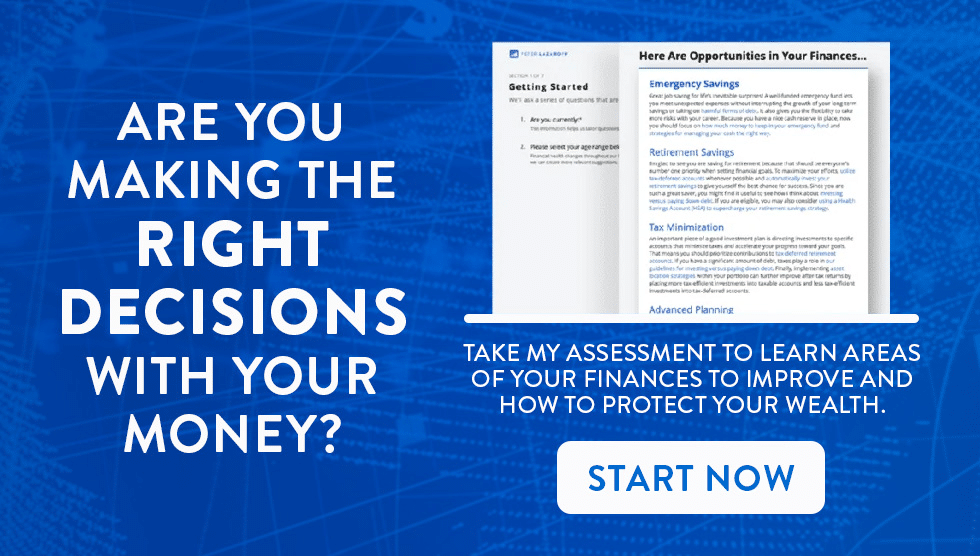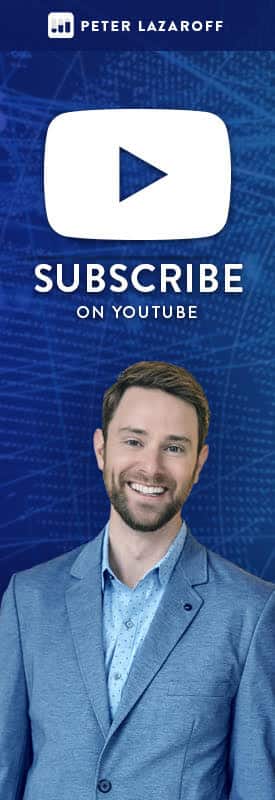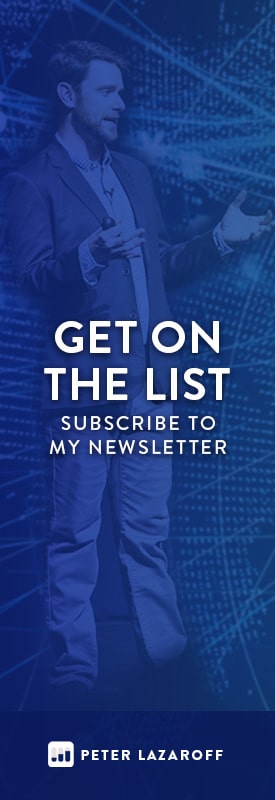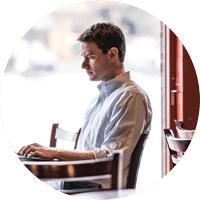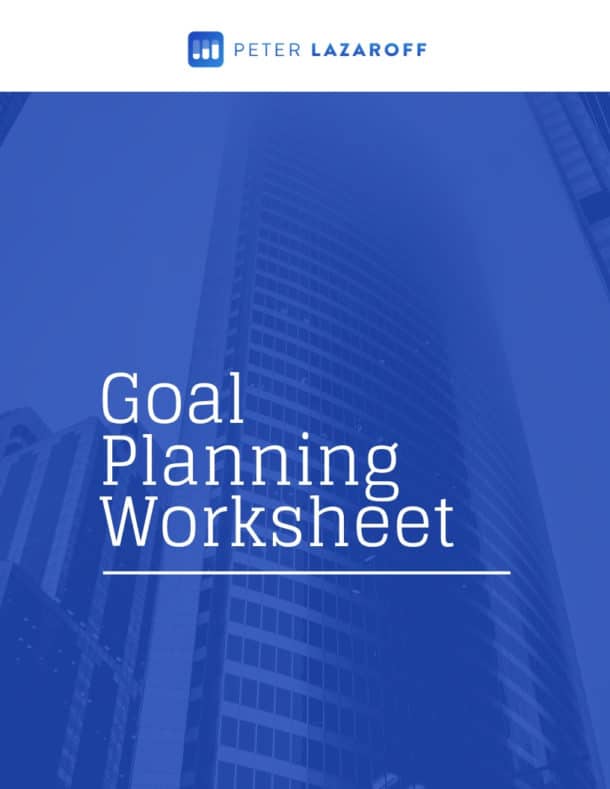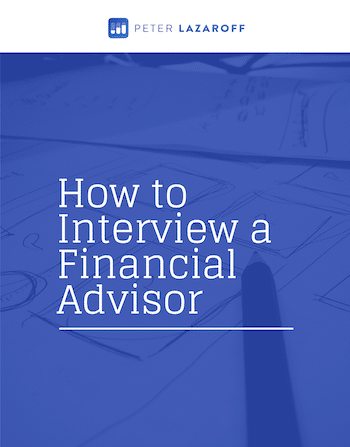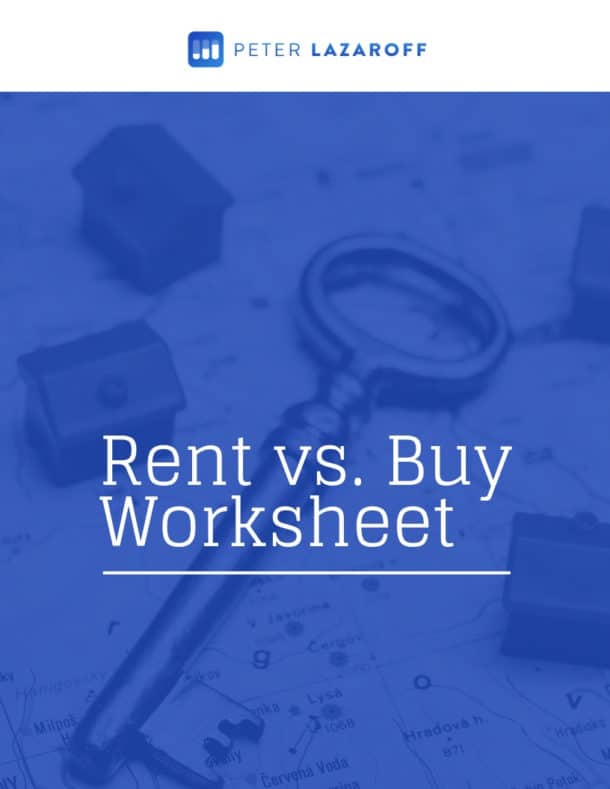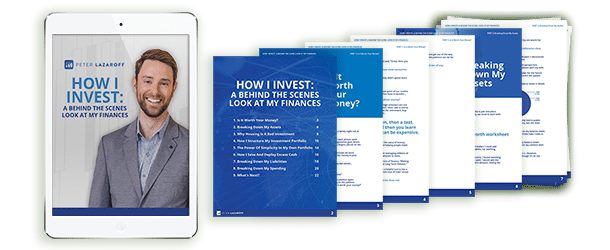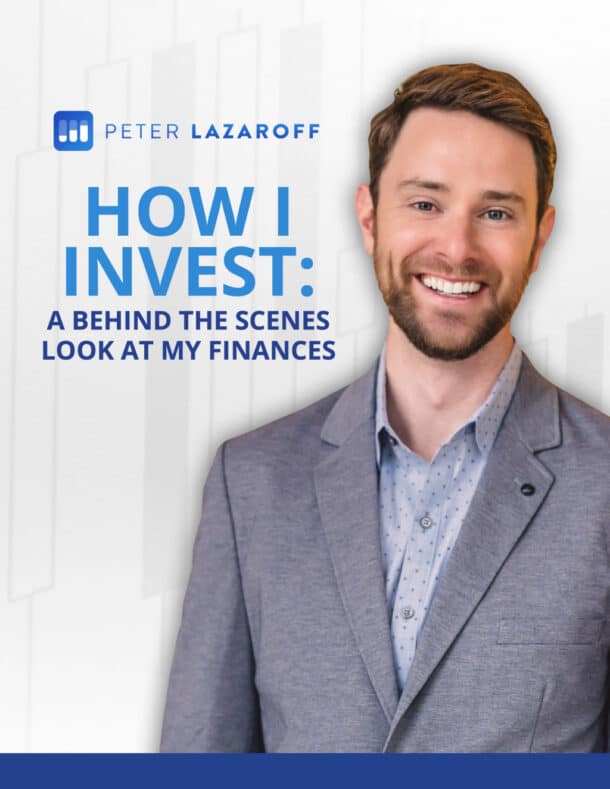Hal Hershfield is a Professor of Marketing, Behavioral Decision Making, and Psychology at UCLA’s Anderson School of Management. His research, which sits at the intersection of psychology and economics, examines the ways we can improve our long-term decisions.
Listen now and learn:
- How our identities change over time
- Why our future self feels like a complete stranger
- Ways to make good long-term decisions easier on your current self
Watch Now
Listen Now
Show Notes
Hal Hershfield is a Professor of Marketing, Behavioral Decision Making, and Psychology at UCLA’s Anderson School of Management. His research, which sits at the intersection of psychology and economics, examines the ways we can improve our long-term decisions.
In this episode, we discuss his book Your Future Self: How to Make Tomorrow Better Today
- How our identities change over time
- Why our future self feels like a complete stranger
- Ways to make good long-term decisions easier on your current self
These are the notes from my conversation…
How to Define Identity (1:30)
Identity is a complex concept. Philosophers and psychologists have contemplated it for ages. Many believe that our identities remain somewhat consistent throughout life, but that idea is challenged by the numerous changes and experiences we go through.
Our locations, names, preferences, values, careers, and family status can all evolve. We might feel like we’ve become entirely different individuals over time. Yet, there’s always a thread of continuity, primarily driven by our core values and morals. In essence, identity can be viewed as a collection of different versions of ourselves throughout our lives, connected by these constants.
Hal discusses five core personality traits that mostly remain stable, but can also change over time. Psychologists refer to them as the Big Five:
- Openness to new experiences,
- Conscientiousness,
- Extraversion
- Agreeableness
- Neuroticism
While these traits might generally remain constant, they can shift. For instance, in a decade, you could see significant change in one of these traits. For example, Hal says he feels less extroverted now than a decade ago, influenced by events like COVID and becoming a parent.
However, even if one trait changes, others might remain consistent and the relative ranking of these traits remains mostly stable. If you were outgoing in high school, for example, you’ll likely remain outgoing in adulthood.
Your Future Self is a Stranger (5:00)
Emily Pronin, a psychologist at Princeton, conducted a study with undergrads. She asked them to describe a current meal and then a distant future meal. Those visualizing the distant future meal often took a third-person perspective, viewing their future selves as another person.
Hal’s research, using neuroimaging, shows that brain activity when thinking about our future selves resembles the activity when thinking about someone else. In essence, we often view our future self as almost a separate individual, maybe even a stranger.
The reason we see our future selves as strangers boils down to uncertainty. We’re familiar with our present self because we live in the now. The future, by contrast, is uncertain, which can make our future self seem distant and blurry. This perceptional distance makes our future self feel like a different person.
It’s easy to see how this disassociation might influence financial or personal decisions, but I was curious if Hal thought there were any benefits to seeing our future self as a stranger.
Hal explains that while we don’t want our future self to be a total stranger, they don’t necessarily need to be the exact same as our current self. For example, an ideal romantic relationship doesn’t require partners to be exactly the same. Instead, it’s about partners having independent identities while sharing a bond and mutual understanding.
The same applies to our relationship with our future self. It’s about the quality of the relationship rather than total identification. We should be wary of making choices that might adversely affect our future self, especially financially.
Using Emotions to Connect With Your Future Self (9:00)
A recurring theme in Hal’s book is the role emotion plays in connecting our current self with our future self.
Hal and his colleagues’ research indicates that individuals who report a deeper emotional connection with their future selves seem to have amassed more financial assets over time. Interestingly, they also exhibit greater happiness over a 10-year span, find more purpose in their lives, and consistently engage in healthier behaviors.
Hal theorizes that this connection exists because, when someone can truly relate to and feel emotionally bonded with their future self, they’re naturally inclined to take actions in the present that will be beneficial in the long run. It’s akin to doing things for our loved ones now, even if they might be slightly inconvenient.
Why does this connection exist?
Hal’s collaboration with Joseph Reiff and Jordi Quoidbach studied a dataset of thousands of middle-aged Americans who were surveyed in 1995 and again in 2005. In the survey, participants were asked about their perceived similarity to their future selves. The concept of similarity is intertwined with emotional connection—the idea is if two people share similarities, they’re more likely to feel an emotional bond.
What they observed was that individuals who perceived a greater similarity between their current and future selves in 1995 were more satisfied with their lives by 2005.
They have a few theories as to why this happens. One possibility is that those who sense more similarity may have a deeper self-awareness. They recognize both their virtues and flaws and don’t expect a drastic change in the future.
Another angle could be that this perceived similarity propels them to make choices that lead to greater life satisfaction, be it through healthy habits, fulfilling trips, or other enriching experiences.
Mental Time Travel and The End of History Illusion (14:00)
Throughout your book, you frequently talk about “mental time travel.” Given the emphasis on connecting with our future selves, how accurately do you think people can visualize their futures? And how does this impact the choices they make?
Humans possess a remarkable ability to mentally project themselves into the future, which is referred to throughout the book as “mental time travel.” However, despite this capability, we often make errors. We might focus too much on specific moments or fail to consider a broader range of possibilities. While we can simulate the future and mentally travel through time, there are inevitable missteps, leading to potentially less-than-optimal decisions.
The “End of History Illusion,” a concept Jordi Quoidbach has also worked on, suggests that while we acknowledge our past changes, many believe they’ve reached a point of finality in their personal development. This is an illusion because we’re just as likely to evolve in the future as we have in the past. This misconception can hinder our ability to anticipate and embrace future changes.
While going through Hal’s book, I found myself reflecting on my own growth. I can easily recognize past transformations, but I haven’t given much thought to future changes. It’s a thought-provoking realization, especially when thinking about becoming more like our parents.
Hal notes that this is a common sentiment. Holding onto some semblance of permanence provides comfort, even if the reality is that change is inevitable. Both the prospect of exciting future changes and the uncertainty it brings can be daunting. Many of us joke about turning into our parents, but there’s truth in that transformation, for better or worse.
Overweighting Present Feelings onto Our Future Self (19:00)
A few years ago, I created a personal strategic plan to achieve my desired vision for my personal and professional life 15 years from now. This exercise came to mind while reading through Hal’s work on how our current feelings can greatly influence our long-term decisions.
Hal explains that this is referred to as the “projection bias.” We often project our current feelings onto our future self. A common example is shopping at a grocery store when hungry and overbuying.
The challenge lies in making sure our plans, which often focus on present desires, are adaptable for future needs. Connecting with our future selves is challenging because they seem abstract and uncertain. By making your future more vivid—like showing individuals their future appearances—can influence behavior.
For instance, there’s a recent TikTok age-progression filter that gives users a glimpse into their elderly selves. Hal’s research shows that such visualizations encourage savings.
In a related study, women in rural Kenya who vividly imagined their future selves were more likely to save money and take preventative health measures for their children, such as chlorinating water. The key takeaway is the power of making our future selves tangible and relatable.
Making Decisions That Benefit You Now and Later (24:45)
When defining what constitutes a “better decision,” Hal views them as choices that close the gap between our intentions and our actions.
When it comes to major decisions, such as changing an estate plan, rebalancing a portfolio, or considering a career change, it’s beneficial to have a tangible conversation with our future selves.
Techniques like writing letters to and from your future self, or the two-chair exercise where you sit across from an empty chair representing your future self, can be effective. It’s one thing to think about the future abstractly, but having a vivid conversation with your future self makes it more real.
But with frequent decisions such as spending habits or dietary choices, it’s impractical to consult our future selves constantly. Commitment devices or behavior guardrails can be more effective in these scenarios, ensuring we align our actions with our intentions without overthinking each choice.
Although personal finance advice seems to emphasize sacrificing today for tomorrow’s benefits, making good decisions isn’t about endlessly sacrificing the present for the sake of the future. Thinking again of partners in a committed relationship, no one wants to be the one always making sacrifices.
To make today’s decisions more manageable, consider breaking large tasks into smaller, more approachable steps. For instance, instead of focusing on setting up an entire estate plan, begin with just scheduling a call.
A non-financial example might be something like trying to reduce your calorie intake. When you’re out with friends, you could still order a high-calorie dish but only eat half of it. Or maybe substitute vegetables for the french fries.
The idea is to find ways to trim around the edges without cutting out the heart of what we enjoy. It shouldn’t be all about pain.
Resources:
- Your Future Self: How to Make Tomorrow Better Today by Hal Hershfield
- Identity over time: Perceived similarity between selves predicts well-being 10 years later by Hal Hershfield, Joseph Reiff, and Jordi Quoidbach
- Hal Hershfield’s website
- Hal Hershfield on Twitter
- Hal Hershfield on Linkedin
- Hal Hershfield on YouTube
Submit Your Question For the Podcast
Do you have a financial or investing question you want answered? Submit your question through the “Ask Me Anything” form at the bottom of my podcast page.
If you enjoy the show, you can subscribe wherever you listen to podcasts, and please leave me a review. I read every single one and appreciate you taking the time to let me know what you think.
About the Podcast

Long-term investing made simple. Most people enter the markets without understanding how to grow their wealth over the long term or clearly hit their financial goals. The Long Term Investor shows you how to proactively minimize taxes, hedge against rising inflation, and ride the waves of volatility with confidence.
Hosted by the advisor, Chief Investment Officer of Plancorp, and author of “Making Money Simple,” Peter Lazaroff shares practical advice on how to make smart investment decisions your future self with thank you for. A go-to source for top media outlets like CNBC, the Wall Street Journal, and CNN Money, Peter unpacks the clear, strategic, and calculated approach he uses to decisively manage over 5.5 billion in investments for clients at Plancorp.
Support the Show
Thank you for being a listener to The Long Term Investor Podcast. If you’d like to help spread the word and help other listeners find the show, please click here to leave a review.
Free Financial Assessment
Do you want to make smart decisions with your money? Discover your biggest opportunities in just a few questions with my Financial Wellness Assessment.
